The disease can manifest itself from birth, develop under the influence of adverse external factors and internal disorders of the organs. The severity of symptoms is determined by the individual characteristics of the disease and lifestyle of the patient.
Umbilical hernia in men is characterized by the bulging or dropping of the internal organs of the abdominal cavity in the navel.
The main reason for the development of umbilical hernia is the weakening and stretching of the muscles of the abdominal wall and the umbilical ring, as well as increased pressure in the abdominal cavity under the influence of various diseases and actions of men.
Reasons
The main factors that cause pathology:
- genetic predisposition;
- congenital malformations of the structure of the umbilical ring and development of the muscle tissue;
- age-related weakening of muscles;
- overweight, obesity;
- sharp lifting, strain;
- intensive physical load;
- strong weight loss and muscle weakness;
- injury and damage to abdominal region;
- urgent surgical treatment is, formation of postoperative scars;
- diseases of the gastrointestinal tract associated with constipation and flatulence;
- pathology of the respiratory system, accompanied by severe sneezing and coughing;
- the lack of sufficient physical activity for the formation of a strong muscular frame;
- diseases of the genitourinary system;
- accumulation of fluid in the abdominal cavity;
- neoplastic processes.
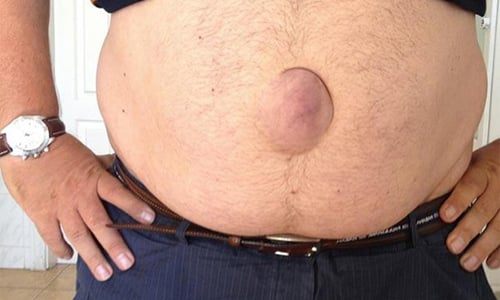
Symptoms
The symptoms and course of the disease depends on the causes of pathology, weights and way of life of the patient. In the initial phase forms a small swelling in the affected area. A slight protrusion does not cause discomfort, lends itself to self-correction without pain.
To further develop the following symptoms:
- the formation of adhesions (increased tissue growth, preventing the return of the bodies in the natural position);
- pain when sneezing, coughing, constipation;
- increased pain with movement, change of position;
- belching;
- loss of appetite;
- nausea, vomiting;
- constipation;
- difficulty urinating;
- strong protrusion Brunini.

Diagnosis
To identify the causes of the disease and its severity, the following research methods:
- 1Ultrasound diagnosis.
- 2Esophagogastroduodenoscopy (as 12 duodenal ulcer, esophagus and stomach).
- 3Herniography – x-ray examination of the size and contents of the hernia.
- 4radiography of the stomach – diagnosis of the mucous membranes and muscular walls of the stomach, esophagus and duodenum 12.
- 5Fluoroscopy (a series of images promoting contrasting substances in the small intestine).
- 6computed tomography – layer-by-layer scanning.
Classification
Umbilical hernia differ in formation time, location and nature of the flow. Principal:
- congenital (formed during embryonic development);
- acquired (occur under the influence of external factors or internal disease).
Depending on the location:
- direct (formed in the subcutaneous tissue and protrude through the navel);
- slant (either above or below the umbilical ring).
Current patterns:
- opravenie (resolve);
- irreducible (provoke the growth of adhesions and the disruption of the internal organs).
Possible complications
Long course of the disease and lack of medical supervision can lead to life-threatening. Hernia is dangerous for its complications.
Inflammation and infection of the organ in the umbilical loop is accompanied by:
- pain of varying intensity;
- swelling;
- redness of the skin;
- accumulation and pus;
- the deterioration of health;
- an increase in temperature.
Intestinal obstruction – the inability of elimination of feces from the body, manifested by the following symptoms:
- paroxysmal pain in the abdomen;
- nausea;
- vomiting;
- flatulence;
- bloating.
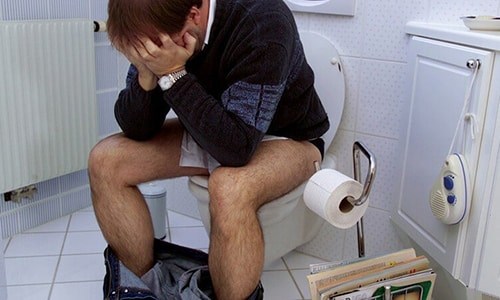
Entrapment or compression of the hernia SAC manifests itself as follows:
- nausea;
- vomiting;
- constipation;
- acute pain;
- infringement of the vessels and nerves;
- internal bleeding;
- a painful shock.
Pathology of the scrotum cause such a dangerous condition:
- obstruction of blood circulation;
- overheating of the gonads;
- failure in the formation of sperm;
- the accession of infection;
- infertility;
- the tissue death.
Peritonitis – inflammation of abdominal organs, and symptoms:
- severe pain;
- the voltage of the wall of the abdomen;
- nausea;
- vomiting;
- weakness;
- the increase in temperature;
- change the color of the skin;
- the sharpening of facial features;
- shortness of breath, tachycardia;
- without the timely help comes death.
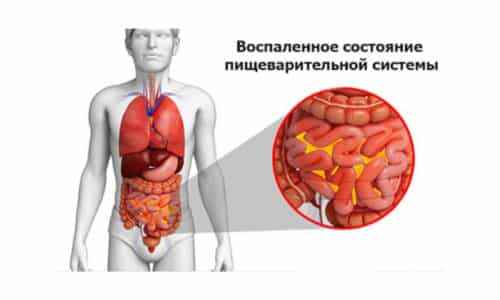
Treatments
Therapy depends on the severity of the process, symptomatic manifestations, comorbidities of the patient. Use the following methods of treatment:
- diet;
- therapeutic exercises;
- massage;
- wearing support devices;
- recipes of traditional medicine.
Surgical methods of removing the pathology is a laparoscopy and hernia repair.
Conservative therapy
Non-surgical methods of treatment are aimed at:
- reposition protrusions;
- the strengthening of the muscular frame;
- prevention of the recurrence of defects;
- the prevention of complications.
Conservative therapy is used in the following cases:
- early diagnosis of the disease;
- the lack of adhesive growths;
- the small size of the hernia;
- the absence of symptoms;
- the presence of contraindications for health reasons.
For strengthening abdominal muscles, weight loss and prevention of complications are used in massage and medical gymnastics.
The doctor selects exercises for independent exercise, massage is done by a specialist.
Patient is a special device – a bandage that promotes:
- the maintenance of the anterior abdominal wall during exercise and heavy physical work;
- the relief from the wall of the abdomen;
- permanent natural reduction of incipient manifestations of the disease.
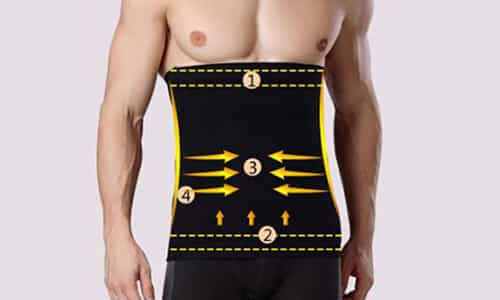
Folk remedies
Folk methods of treatment used as an adjunct to the basic course. The components used and method of application are described in the table below:
| Tool | Cooking | Use |
| A decoction of burbot | Cook the fish on slow fire | To drink 400 ml per day |
| Infusion of flowers cornflower | 3 tsp. flowers pour 500 ml of hot water, infuse 40 minutes | Strain, take a glass a day |
| A poultice of roasted onions | Peel and bake in the oven for 15 minutes | Attach to the navel area and cover with a scarf for 20 minutes |
| A decoction of the bark and phloem of leaves with acorns | 2 tbsp dried oak leaf, 2 tablespoons of oak bark, 10 acorns pour 1 liter of water, boil on low heat for 10 minutes | Applying overnight soaked in broth bint |
| Red or red clay | Diluted with water to a mushy state | Apply to dry clay |
| Clover flowers | 2 tbsp. l. dried flowers pour 2 cups boiling water, to insist in a thermos 6 hours. | Take before meals for 0.5 cups |
| Salt | Pour into a small cloth bag of salt to soak in warm water | Applied to the navel for 30 minutes |
| Fern leaves | Rinse the leaves with boiling water | Applied to hernia, cover with a warm cloth and leave for 4 hours |
Surgery
Pupkova hernia in men is removed in a planned and emergency basis. Indications for surgery:
- irreducible hernias;
- old age;
- repeated lifting;
- the increase in the size of education;
- adhesions;
- a pinched bodies;
- intestinal obstruction;
- the temperature increase and deterioration of the patient.

During the period of rehabilitation should:
- treating the surface with antiseptics;
- to sleep on your back;
- to use the bandage;
- to eliminate physical exertion;
- to undergo a medical examination.
For hernia surgery used laparoscopy and hernia repair.
Hernioplasty
Before surgery be sure the survey is conducted:
- General analysis of blood and urine;
- biochemical analysis of blood;
- infectious panel – a blood test for HIV, salifis, hepatitis;
- coagulation – definition of blood clotting;
- electrocardiograma – work of the heart;
- a chest x-ray.
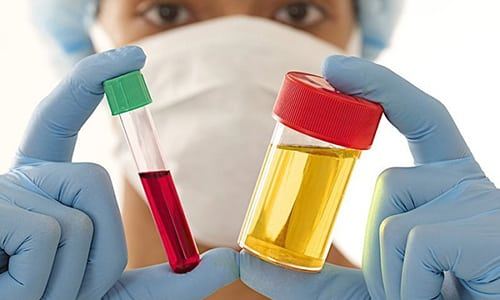
Depending on the size of the herniation of education and involvement of internal organs is tension or tension-free hernioplasty.
- 1tension hernioplasty. Recommended for removal of small hernias. Performed under local anesthesia. After the incision, the surgeon restores the natural position of internal organs and strengthens connective tissue of the muscles of the patient. The disadvantage is the possibility of recurrence of hernia.
- 2tension-free hernioplasty. Mainly conducted according to the method of Lichtenstein under General or local anesthesia. Through a small incision, the doctor removes extra tissue and inserts a mesh endoprosthesis, the supporting region of the peritoneum, excluding the relapses.
Laparoscopy
The laparoscopic method of hernia surgery is performed using microinstruments under local anesthesia. Are small punctures in the region of the peritoneum for hernia surgery and the introduction of a special implant. The recovery period lasts a few days without scarring.
Prevention
Prevention of disease is based on the following terms: balanced diet, to strengthen the abdominal muscles loads, not to overexert yourself when lifting weights, to monitor and keep body weight within normal limits in a timely manner to treat diseases of the gastrointestinal tract.

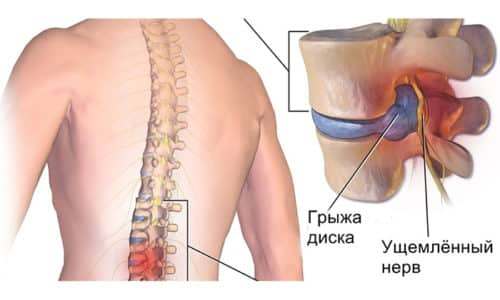

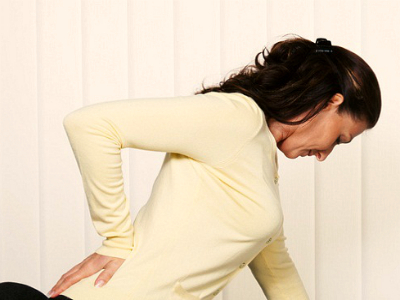
I’m not 100 convinced about this post. Your rationalizations are well structured, but sadly it’s dangerous to rely upon what strangers may do. Please expand this, because I think you are a very eloquent blogger and I would like to learn more from you!
What’s up, after reading this awesome piece
The statement follows a lawyer for Mexican drug traffickers Ernesto Fonseca Carrillo, also imprisoned in the Camarena case, saying his legal team had filed an appeal based on the same procedural grounds used by Caro Quintero and that he expects his client to be freed within 15 days by a different court.
I can think of a few reasons that synergize with your writing. Can I share an excerpt?
This entry gives so much more information than similar blogs, and it’s incredibly helpful to me. Will be returning to read future writing from you! is it okay to share this?
So, I discovered your blog and I enjoyed this entry particularly. . How can I learn more?